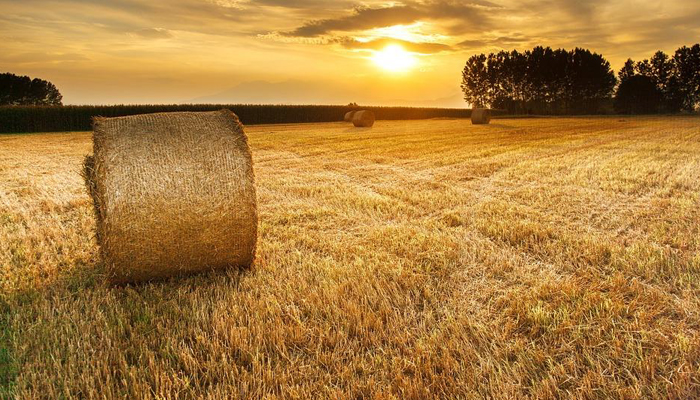13 July 2023
The MACC from a tillage perspective

Teagasc launched the Marginal Abatement Cost Curve 2023 (MACC 2023) yesterday. Michael Hennessy, Teagasc Head of Crops Knowledge Transfer, outlines the measures included in the MACC farmers can implement to reduce greenhouse gas (GHG) emissions (or CO2eq) and measures which can capture carbon
The MACC sets out the amount of CO2eq that can be saved or offset by each measure and outlines the relative financial cost of that measure. Tillage measures are included in the MACC and, if implemented, can make a significant contribution to reducing emissions.
The majority of the greenhouse gas emissions comes from the livestock sector; however some also come from the tillage sector. The tillage sector typically emits about 1.3 t CO2eq/ha, whereas cattle and dairy production emits around 4.0 t CO2eq/ha and 9.0 t CO2eq/ha, respectively. The tillage sector is the lowest carbon emitter of all agricultural sectors in Ireland. That doesn’t mean Irish tillage farmers can sit on their laurels and the industry must play its part in reducing the amount of carbon emitted from the sector.
The MACC 2023 plan outlines a number of areas such as protected urea use, improving livestock genetics, use of lime, planting forestry and producing biomethane, to name a few. The main areas outlined for the tillage industry are straw incorporation, cover crops and the use of organic manures on crop land.
Although the level of CO2eq mitigated from these measures is small compared to other measures, we must remember the size of the tillage area in Ireland is small relative to grassland. However, the level of CO2eq mitigated by these three tillage measures is still relatively significant when compared to some of the other larger measures being proposed for the agriculture sector.
MACC 2023 outlines measures with different pathways, which Irish agriculture can implement to meet the 25% reduction in GHG emissions. The MACC outlines Pathway 1 and Pathway 2, which reflect lower and higher ambitions for implementation. Pathway 2 expects a higher adoption rate by farmers within all measures identified, and is the only way the sector can meet the identified reduction targets. The figures presented in Figure 1 below are based on Pathway 2.
Table 1. Mitigation for measures for the cumulative period 2021-2030 and the annual mitigation in 2030.
| Measure | Cumulative mitigation 2021-2030 (ktCO2eq) | Mitigation in 2030 (ktCO2eq) |
| Straw incorporation | 465 | 95 |
| Cover Crops | 436 | 87 |
| Manures to cropland | 197 | 56 |
| Total | 1,098 | 238 |
| Other measures | ||
| Afforestation | 726 | 287 |
| Hedgerows | 1283 | 379 |
All of the measures outlined for tillage are achievable and, in fact, the industry is currently a long way to achieving these targets already. For instance, the straw incorporation measure to be fully implemented requires 85,000ha of straw incorporation every year. This year, farmers have applied for close to 70,000ha under the Straw Incorporation Scheme.
Where all of these measures to be adopted on tillage farms, many would become a carbon sink rather than a carbon emitter. Can the sector use this to its advantage in the future?
Click here for more information in the MACC 2023
Tillage Edge Podcast
The Teagasc Tillage Edge Podcast is worth listing to this week, as it cover more from the Teagasc Crops Open Day a couple of weeks ago. It features researchers, who detail some of the work ongoing in Teagasc Oak Park. Click here to access the latest Tillage Edge Podcast.
